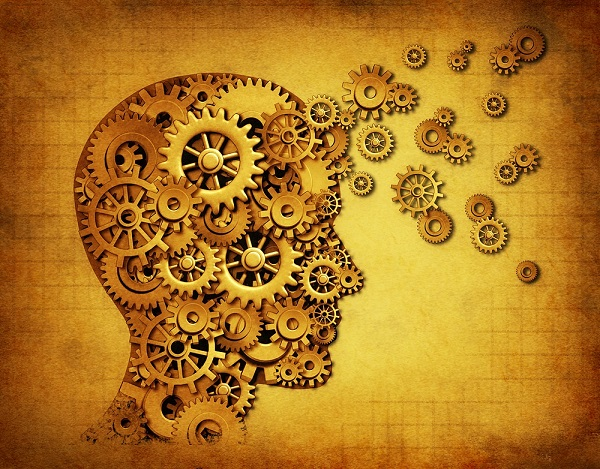ATD Blog
The Cost of Being Smart
Tue Aug 12 2014

We’ve said before that the brain is a survival machine, which evolved specifically to keep us alive. You might think that because the human brain is considered to be the most complex organ, it is superior in all respects to those of other animals. However, because each of these brains are survival machines for their respective species, they have developed in ways that give each animal unique competitive advantages.
The differences between animal brains and our own can give us a glimpse of evolutionary roads we as a species have yet to travel. And, as we develop the technology to augment our own cognition, these animal brains might give us a bit of a “shopping list” for the next wave of evolution.
Take a look at a few of these capabilities and see if you would like to add them to your brain’s already powerful toolkit.
Cats are always in alpha mode
Cats seem to spend most of their waking hours in a predominantly alpha mode, meaning that their visual cortex exhibits a high degree of alpha waves than humans. In some studies, these particular waves have been linked with transcendental meditation and psychic phenomena or intuition.
Dogs are more empathetic
In a recent study, dogs were placed in a room with two people, one quiet and one openly crying. Over and over again, the dogs sought out the crying person and appeared to try and console them. What do you think would happen if we tried this same experiment on humans?
Chimps are better at game theory
A new study performed at the Indianapolis zoo indicates that chimps perform better than us in certain games where a combination of cooperation and competition are required to win.
Horses “talk” with their ears
A recent study of horses revealed a far richer social life than you might expect, as they communicate with each other through facial expresssion, especially the movements of their eyes and ears. While we humans can learn how to wiggle our ears, our use of these appendages as a communication vehicle seems to be a missed opportunity along our evolutionary path.
Whales and elephants have self-awareness
Whales and elephants have demonstrated strong emotional attachments to each other and to their group, even after years of separation. Elephants in particular demonstrate behavior that appears to mirror human grief and self-awareness. It is believed that mirror neurons, once thought to be unique to the human brain, is responsible for this ability in the brains of elephants, whales, dophins and humans.
Bees have a better sense of direction
Even the honey bee, with a tiny brain comprising only about 950,000 neurons versus our 1 billion, has developed an extraordinary talent. Bee neurons are highliy specialized, giving it navigational skills that have been proven to be more accurate than Global Positioning Satellites (GPS). Bee brains have developed a combination of a solar compass and internal clock to determine the bee’s relationship to the sun and the length of time she has been flying from the hive. While the bee brain doesn’t have the extensive structures for memory exhibited by human brains, it is able to remember the precise location of a food source or a likely location for a new hive long enough to communicate that location in great detail in the form of a “waggle dance.”
Science ficture or science future?
The Expensive Tissue Hypothesis suggests that as the human brain grows larger and requires more energy, we give up certain other survival advantages in favor of pursuing our singularly spectacular survival tool. It’s sort of like when a promising young baseball pitcher spends so much time practicing his fastball that his batting average suffers through lack of practice. If he’s a good enough pitcher, no one really cares.
But what if we could really have it all? What if we could go back into time and pick up those evolutionary detours we bypassed on the way to being human? Is it crazy science fiction to believe that we may one day adopt some of these capabilities to augment our own performance?
Earlier this year, Yetkin and Berber suggested the bee’s “swarm mentality” algorithm might become a more accurate replacement for today’s GPS system. In this blog post, we have suggested that augmented cognition may change the nature of work and our ability to perform it in our own lifetimes.
Still, neuroscience and its applications for learning are still in the early stages of development. We are only beginning to understand what we gave up to become us.
You've Reached ATD Member-only Content
Become an ATD member to continue
Already a member?Sign In
